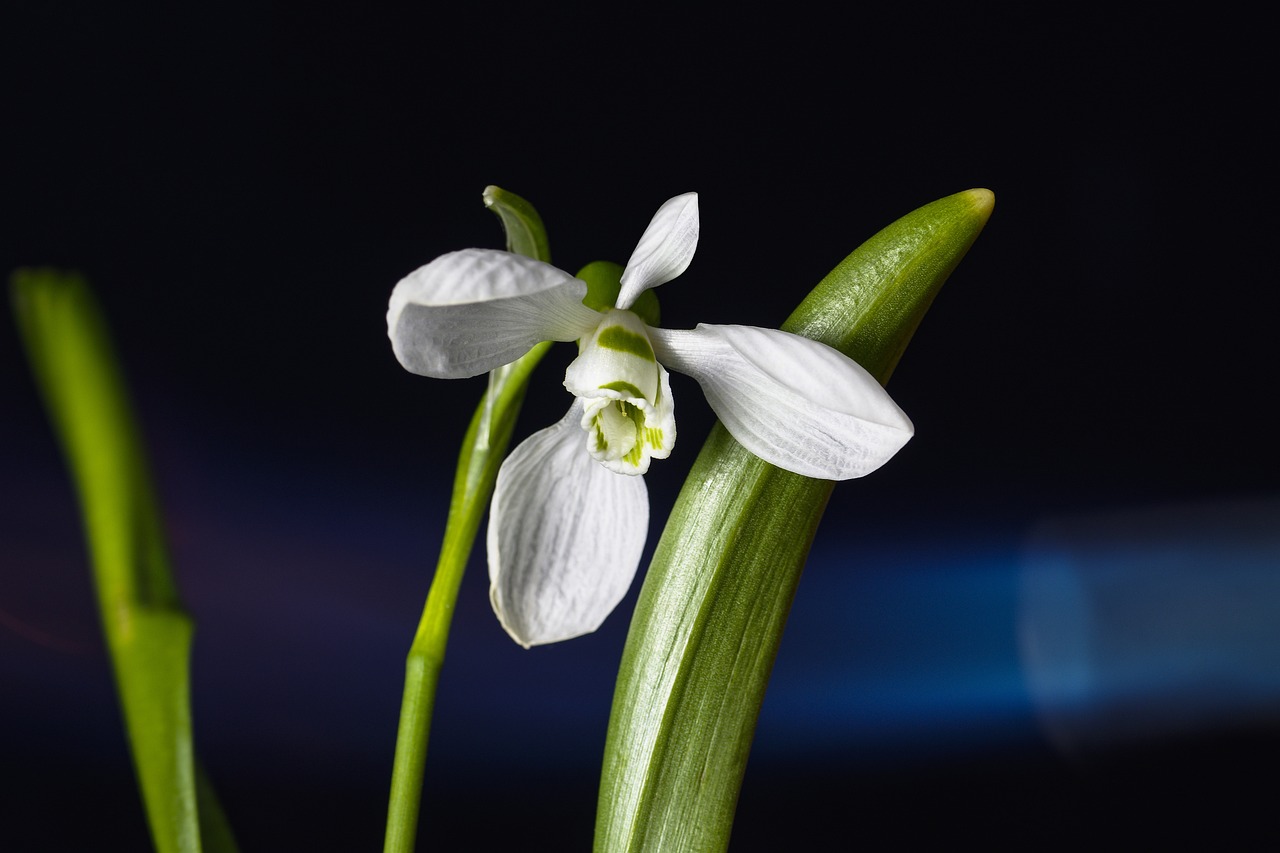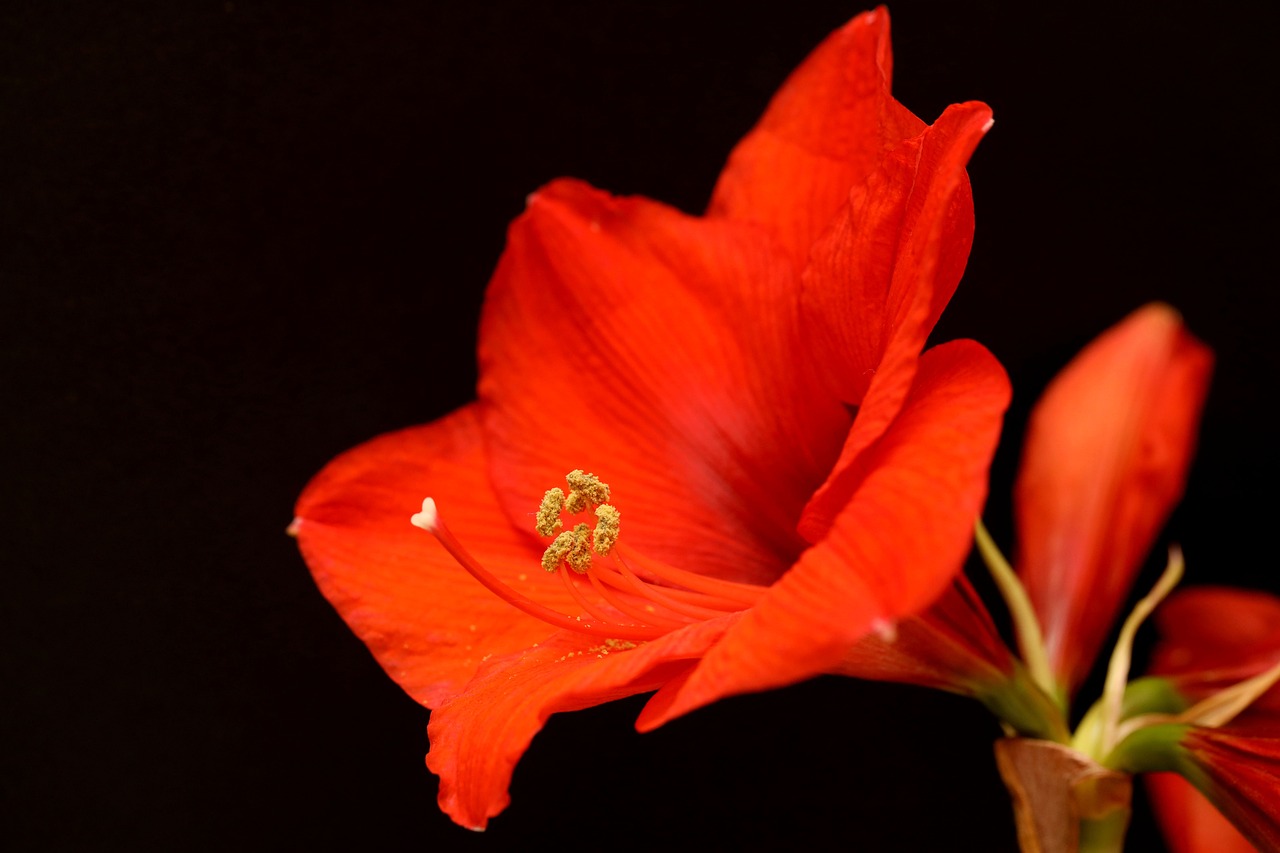“`html
All About Amaryllis: A Comprehensive Guide to This Stunning Flower
The amaryllis is a captivating flower known for its vibrant colors and large, trumpet-shaped blooms. Ideal for both experienced gardeners and beginners, this striking plant adds a touch of elegance to any home or garden setting. In this guide, we’ll explore the amaryllis’s habitat, characteristics, symbolic meanings, and provide tips on how to nurture these flowers to their full potential.
Understanding the Amaryllis
Natural Habitat and Characteristics
Originally hailing from the warm regions of South America, particularly Brazil and Peru, the amaryllis thrives in subtropical climates. The plant is part of the Amaryllidaceae family and is scientifically known as Hippeastrum. Amaryllis flowers are renowned for their tall stalks and vibrant blossoms, which come in a range of colors including red, pink, white, and even striped variations.
Symbolic Meanings of Amaryllis
The amaryllis flower carries rich symbolism. It is often associated with beauty, determination, and pride. During the holiday season, amaryllis is a popular gift as it represents the joy and warmth of the festive period. In terms of floral language, gifting an amaryllis can convey a message of respect and admiration.

How to Grow and Care for Amaryllis
Planting Amaryllis Bulbs
Amaryllis bulbs are typically planted indoors during the cooler months of autumn for winter blooms. To plant an amaryllis bulb, select a pot that is about two inches wider than the bulb and ensure it has drainage holes. Fill the pot with well-draining soil, leaving the top third of the bulb exposed. Place the pot in a bright, indirect sunlight location.
Watering and Feeding
Water the amaryllis sparingly until you see new growth. Once the stalk begins to emerge, increase the watering frequency, keeping the soil consistently moist but not waterlogged. During the growing season, feed the plant with a balanced, water-soluble fertilizer every two to four weeks to encourage robust blooms.
Encouraging Re-Blooming
After the amaryllis has bloomed, it can be encouraged to bloom again the following year. Allow the foliage to grow and continue watering and feeding as usual. In late summer, reduce watering to allow the plant to go dormant. Once the leaves have yellowed, cut them back and store the bulb in a cool, dark place for at least eight weeks before replanting.

Common Issues and Solutions
Pest and Disease Management
While amaryllis plants are generally hardy, they can sometimes fall prey to pests such as aphids and spider mites. To manage these pests, regularly inspect your plants and remove any visible insects by hand. For larger infestations, consider using an insecticidal soap. Additionally, be on the lookout for signs of fungal diseases, which can be mitigated by ensuring good air circulation and avoiding overwatering.
Dealing with Bloom Failure
Bloom failure in amaryllis can be disappointing but is often due to insufficient light or improper care during the dormant period. Ensure your amaryllis receives adequate sunlight and follow the correct dormancy practices to promote healthy blooms.
Conclusion
The amaryllis is an elegant and rewarding plant that can brighten any space with its stunning blooms. By understanding its needs and providing the right care, you can enjoy the beauty of amaryllis flowers year after year. For more detailed guidance on other flowering plants, check out our Gardening Guide.
For further reading on plant care and gardening tips, you might find the resources at the Royal Horticultural Society useful. Their comprehensive guides offer valuable insights into the cultivation and care of various plants, including the amaryllis.
“`
